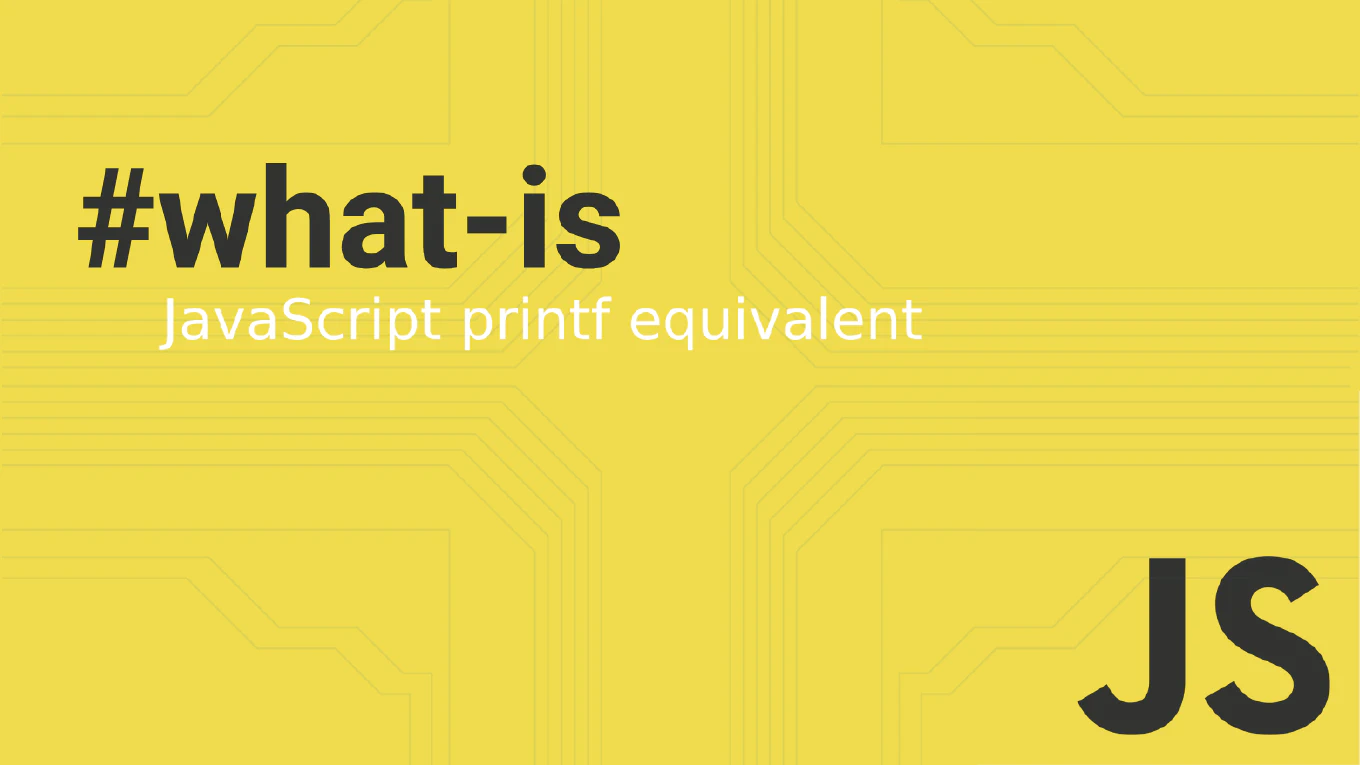How to make a table editable in Vue
Creating editable tables allows users to modify data directly within table cells, essential for admin panels and data management interfaces. As the creator of CoreUI with over 11 years of Vue development experience since 2014, I’ve built editable tables in countless enterprise applications. The most effective solution is to track which row is being edited and toggle between view and edit modes. This approach provides inline editing with clear save and cancel actions.
How to upload a file in React
File upload functionality is essential for modern React applications, from profile pictures to document management systems. As the creator of CoreUI with over 11 years of React development experience since 2014, I’ve implemented file uploads in countless enterprise applications. The most effective solution is to use a file input with onChange handler, store the file in state, and send it using FormData. This approach works seamlessly with any backend API and provides full control over the upload process.
How to reset form in React
Resetting forms after submission or on user action is a common requirement in React applications for better user experience. As the creator of CoreUI with over 11 years of React experience since 2014, I’ve implemented form reset functionality in hundreds of production forms. The most effective solution is to reset your state values back to their initial state or use a ref with the native form reset method. This approach ensures all form fields return to their default values cleanly.
How to upload files in Vue
Handling file uploads is a common requirement in modern Vue applications, from profile pictures to document management systems. As the creator of CoreUI with over 11 years of Vue development experience since 2014, I’ve implemented file upload functionality in countless production applications. The most effective solution is to use a file input element with a change event handler and FormData to send files to your server. This approach works seamlessly with any backend API.
How to disable submit button in React until form is valid
Disabling the submit button until a form is valid prevents users from submitting incomplete or invalid data. As the creator of CoreUI with over 11 years of React development experience since 2014, I’ve implemented this pattern in hundreds of production forms. The most effective solution is to create a validation function that checks all fields and use its result to control the button’s disabled state. This provides clear visual feedback and improves form usability.
How to show validation errors in React
Displaying validation errors is crucial for creating user-friendly forms that guide users to correct their input. As the creator of CoreUI, a widely used React UI library, I’ve built countless form components with robust validation error display. With over 11 years of React experience since 2014, I can tell you the most effective solution is to store error messages in state and conditionally render them. This approach provides clear feedback and improves user experience significantly.
How to validate password strength in React
Validating password strength in React ensures users create secure passwords by implementing multiple security criteria with real-time feedback and visual strength indicators. As the creator of CoreUI with extensive React experience since 2014, I’ve built password validation systems for enterprise applications requiring robust security standards and user guidance. The most effective approach uses multiple validation rules with dynamic scoring and visual feedback to guide users toward creating strong, secure passwords. This method provides comprehensive security validation while maintaining excellent user experience through progressive disclosure and helpful feedback.
How to validate email in React form
Validating email addresses in React forms ensures data integrity and prevents invalid submissions while providing immediate user feedback for better form experience. As the creator of CoreUI with extensive React experience since 2014, I’ve implemented email validation in countless enterprise applications for user registration and contact forms. The most reliable approach uses regex pattern matching combined with real-time validation state management for instant visual feedback and error messaging. This method provides comprehensive validation while maintaining excellent user experience through immediate feedback and accessible error handling.
How to use React Hook Form
Using React Hook Form provides highly performant form handling with minimal re-renders and excellent TypeScript support for modern React applications.
As the creator of CoreUI with extensive React experience since 2014, I’ve implemented React Hook Form in performance-critical enterprise applications for optimal user experience and developer productivity.
The most effective approach uses the useForm hook with register method for input handling and built-in validation rules for comprehensive form management.
This method delivers superior performance through uncontrolled components while maintaining clean, declarative form logic with minimal boilerplate code.
How to use Formik in React
Using Formik in React simplifies complex form handling by providing built-in state management, validation, and error handling with minimal boilerplate code.
As the creator of CoreUI with extensive React experience since 2014, I’ve implemented Formik in numerous enterprise applications for robust form management and user data collection.
The most efficient approach uses Formik’s useFormik hook to handle form state, validation, and submission in a clean, declarative manner.
This method provides comprehensive form functionality while maintaining excellent performance and developer experience for complex form scenarios.



